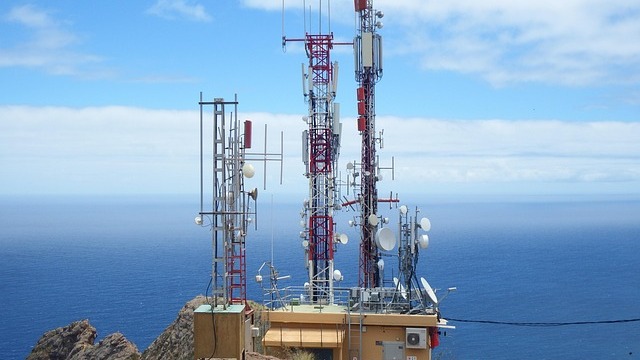
Understanding the Fiber Internet Gap Between Generations
The recent report from Amdocs highlights a significant disparity in how different generations view fiber internet. While nearly half of Millennials regard fiber internet as a must-have, more than a quarter of Baby Boomers are skeptical about its value. In today’s rapidly evolving digital landscape, where connectivity is paramount, this generational divide underscores the importance of understanding consumers’ diverse perceptions of technology and its significance in daily life.
The Evolving Landscape of Internet Connectivity
This report is more than just numbers; it's a reflection of changing societal values and needs. Millennials, the first generation to fully embrace the digital age, prioritize high-speed internet for their lifestyles, which increasingly depend on technology for everything from work to entertainment. Conversely, Baby Boomers, who may have built their lives using traditional internet methods, may not fully appreciate the unique benefits fiber offers, such as speed and reliability.
*How Providers Can Bridge the Communication Gap*
In light of the report's findings, it's clear that internet service providers (ISPs) need to craft their messaging carefully. Providers should emphasize fiber’s advantages, particularly its high-performance connectivity and long-term value. By addressing the specific concerns of older consumers—like understanding fiber’s benefits and how it can enhance their everyday tasks—ISPs can foster a more inclusive environment, encouraging Baby Boomers to engage with newer technologies.
What Millennials Want from Their Providers
Millennials are not just passive consumers; they’re actively seeking out the best deals and services. The report highlights that they value flexible pricing, premium service tiers, ultra-fast installations, and smart home integrations. ISPs can attract this tech-savvy cohort by capitalizing on these preferences and ensuring that their offerings align with the lifestyle needs of younger customers.
The Economic Impact of Fiber Internet
As more homes become eligible for fiber internet, the market for ISPs continues to grow. According to the Fiber Broadband Association, which reported that approximately 80 million homes gained eligibility as of January 2025, this technological surge presents a golden opportunity for providers. Typically, fiber internet has been found to cost less than many cable plans for similar speeds, which can give ISPs an edge in pricing competitiveness.
How to Address the Value Perception Among Boomers
To successfully sway Baby Boomers who remain unsure about fiber, providers should offer clear and transparent pricing models without hidden fees or sudden costs. Attention to customer service can also play a crucial role; many older consumers prefer a more personable approach and need reassurance that they will receive ongoing support as they transition to new services. By investing time in educating this demographic, ISPs can convert skeptics into loyal customers.
The Future of Fiber Internet Adoptions
The report predicts continued growth in fiber internet adoption, but this depends on how service providers adapt their strategies to meet changing consumer preferences. With evolving technologies such as AI and smart homes on the rise, it is essential for ISPs to not only provide fast internet but ensure they are communicating these benefits effectively to all consumers, regardless of age.
As the landscape of internet connectivity continues to evolve, it’s more important than ever for consumers to understand and advocate for their internet needs, whether they be Baby Boomers seeking reassurance or Millennials demanding speed and reliability. By fostering a dialogue that encompasses all ages, providers can not only expand their consumer base but also contribute to a more digitally literate society.
 Add Row
Add Row  Add
Add 

 Add Row
Add Row 


 Add Element
Add Element 

Write A Comment